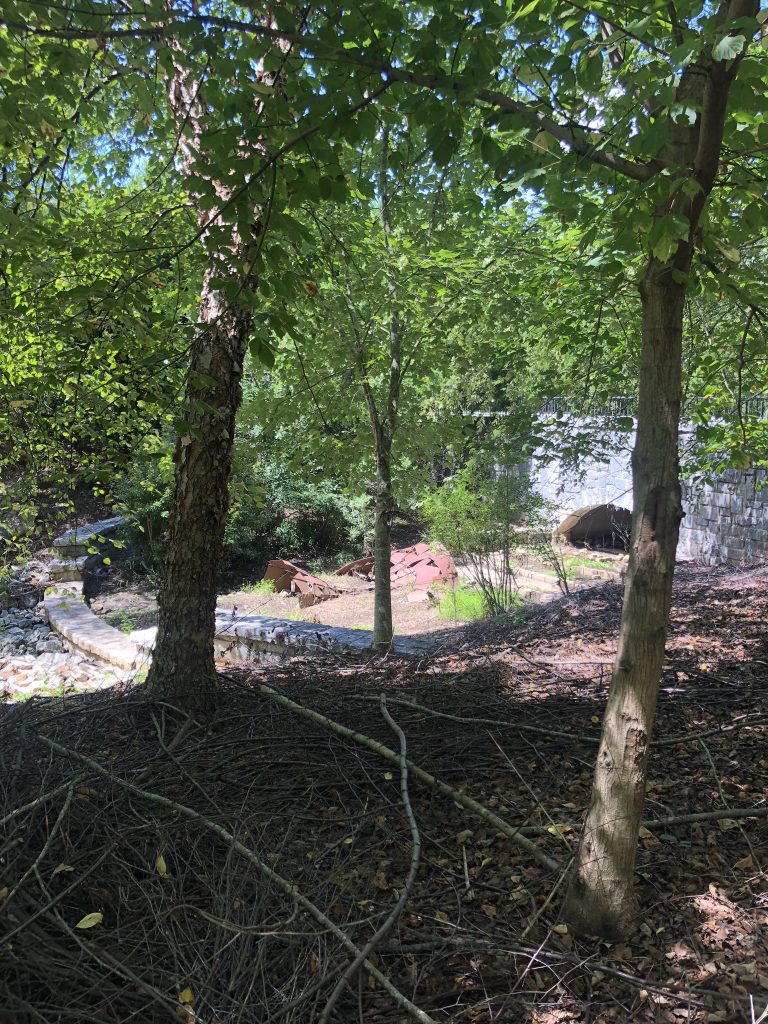by Danielle Hwang

With the rising uproar over speculations that vaccines cause Autism, there is a need to look into the causes of autism, especially to indicate that there is no credible evidence that indicated an actual connection between vaccines and the cause of Autism.
What is Autism?
In modern days, Autism is actually referred to as Autism Spectrum Disorder. Autism Spectrum Disorder is described by NIMH as a developmental disorder that affects communication skills and behavior.1 This change in the name is due to the fact that the symptoms of Autism span over a spectrum. Therefore, symptoms are specific to each individual. However, there is still a set criterion used to diagnose the disorder, which are outlined in the DSM-5. These diagnostic criteria fall into five different categories: reoccurring lack of social skills (such as communication and interaction) in multiple scenarios, restrictive and repetitive acts of behavior, symptoms must be present in early childhood or developmental stages, symptoms must cause clinical impairment in the functioning of areas of one’s daily life, and lastly these impairments must not be better explained through other intellectual disabilities or developmental delay.2
In the US, it was determined that there are approximately 1 out of 59 children diagnosed with this disability during 2018.3
Genetic Relevance?
According to Genetics Home Reference, there are at least 1000 genes that are associated with the disorder, but not all of them have been confirmed (none of which are listed).4 Most of these associated genes (left unnamed in the article) have little effect in causing the disorder.4 The specifics of the effects of these genes are not listed; however, it is known that the probability of these mutations combined together and with other risk factors, the risk of autism can be calculated. Therefore, autism is not cause entirely by genetic factors alone.
Other associated genes mutations are rare and happen in a single gene. One such genes is ADNP, which also causes ADNP syndrome (another intellectual disability).4 The syndrome has additional conditions to Autism Spectrum Disorder. Another set of genes associated with Autism Spectrum Disorder are ARID1B, ASH1L, CHD2, CHD8, DYRK1A, POGZ, SHANK3, and SYNGAP1.4 Most of these mutations are used for brain development.4 Another gene that has a significant effect on the development of Autism is rs1858830.5 The allele for G;G codes for normal genes.6 However, the allele C;G is known to increase the risk of Autism development by 1.6, and the allele C;C is reported to increase the risk of Autism development by 2 fold.6 The specifics of how these mutations affect brain development is unknown.
Testing?
There has been a study that connected abnormalities of certain genes to the development of autism.7 This study recommends taking genetic testing as a precaution, given that not every family would follow the advice.7 However, other studies do not recommend using genetic tests as a method of diagnosis and even detection.
Similar to the other studies, the CDC (Centers for Disease Control and Prevention) does not include any medical testing (such as a blood test) as a method of diagnosis.8 Instead they use behavioral and developmental cues through developmental screening and comprehensive diagnostic evaluation.8
Despite genetic testing for Autism being possible, there is no actual test provided by companies.
It is important to note that since autism is a behavioral disorder, it is hard to diagnose through physical tests, such as genetic tests and blood tests. This does not mean testing is waste a time per se. These tests can determine the probability of a person developing autism; therefore, genetic testing should be taken as a precaution but not as a diagnosis. It is advised to use developmental screenings and diagnostic evaluations to diagnose the disorder. In the end, it can be concluded that there is absolutely no connection between vaccines or the ingredients and autism.
Resources:
- Autism Spectrum Disorder. National Institute of Mental Health. https://www.nimh.nih.gov/health/topics/autism-spectrum-disorders-asd/index.shtml. Published March 2018. Accessed December 3, 2019.
- Ciccarelli SK, White JN. Psychology: DSM 5. Boston: Pearson; 2014.
- Autism Facts and Figures. https://www.autismspeaks.org/autism-facts-and-figures. Accessed November 14, 2019.
- ASD – Genetics Home Reference – NIH. https://ghr.nlm.nih.gov/condition/autism-spectrum-disorder. Published November 26, 2019. Accessed November 14, 2019.
- Autism. https://www.snpedia.com/index.php/Autism. Published October 25, 2017. Accessed November 14, 2019.
- rs1858830. SNPedia. https://www.snpedia.com/index.php/Rs1858830. Published December 1, 2018. Accessed December 3, 2019.
- Çöp EM, Yurtbaşi PM, Öner ÖM, Münir KM. Genetic testing in children with autism spectrum disorders. https://www.ncbi.nlm.nih.gov/pmc/articles/PMC4560248/. Published 2015. Accessed November 14, 2019.
- Screening and Diagnosis of Autism Spectrum Disorder. Centers for Disease Control and Prevention. https://www.cdc.gov/ncbddd/autism/screening.html. Published August 27, 2019. Accessed December 3, 2019.


